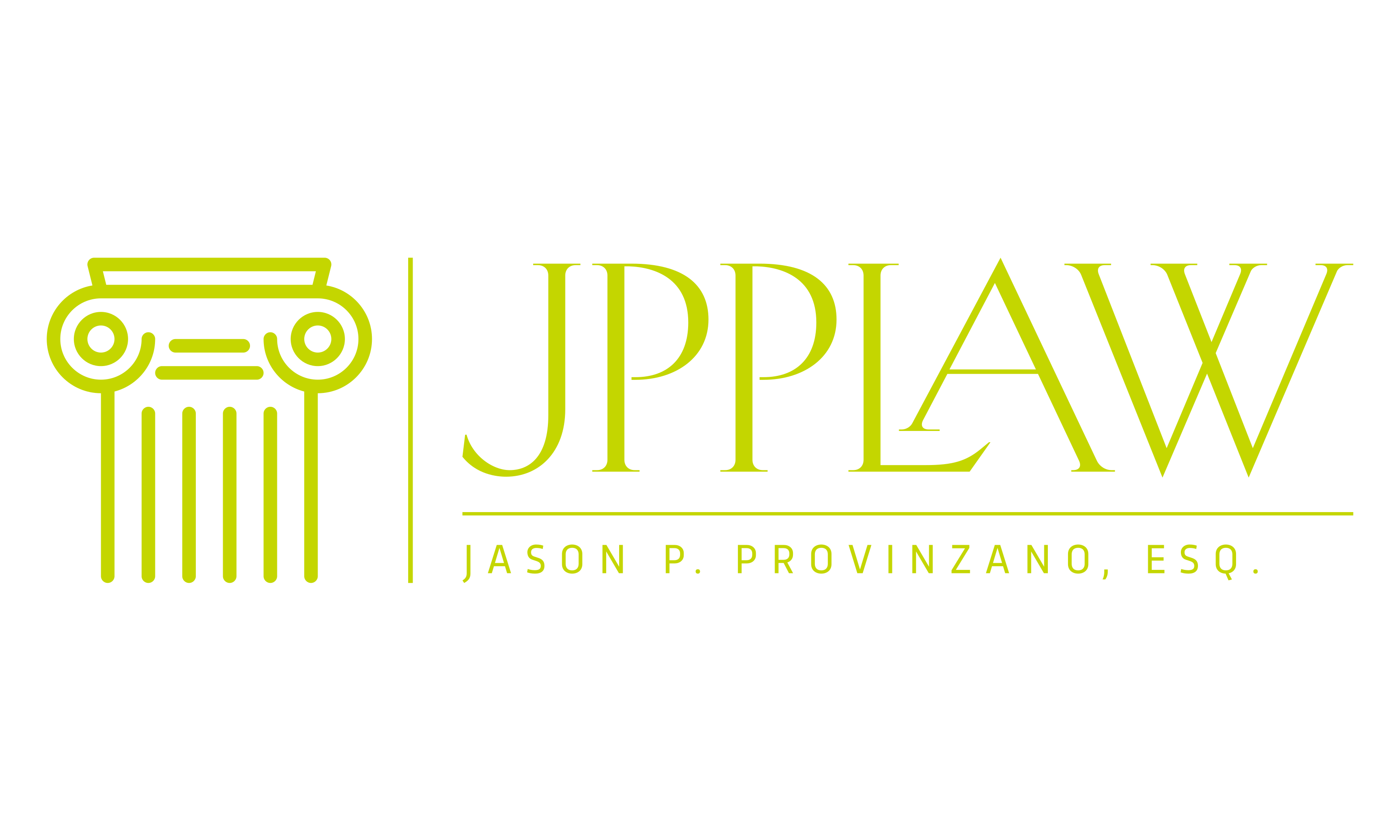If the idea of filing for bankruptcy intimidates you, know you are not alone. We hear it all the time at JPP Law: people know they owe debts they can’t repay and that declaring bankruptcy can help them, but they don’t understand the process. And because they’re confused, they don’t proceed.
Although bankruptcy certainly has plenty of rules and conditions built into it, we want you to know that it is definitely not scary! In fact, bankruptcy exists to help people restart their financial situations.
To help you understand the process, we have compiled this – your guide to bankruptcy. We’ll explain how it works and how a JPP Law bankruptcy lawyer in PA can help you reclaim your freedom.
What Is Bankruptcy?
Bankruptcy is a legal process designed to help debtors, or those who borrow money, to repay or eliminate their debts. Bankruptcy is meant for individuals or businesses who have accumulated so much debt that they cannot repay it with their income.
It would simply be impractical not to provide a way for people to escape from vicious cycles of borrowing and being harassed by creditors, or people who lend money.
Actually, it is the U.S. Constitution that allows Congress to create laws for bankruptcy. So, don’t be afraid of declaring bankruptcy: the Founding Fathers planned for it!
You can view bankruptcy as a great way to stimulate a small part of the overall economy. That’s because people who have been freed from crushing debt can get credit and borrow money again. Meanwhile, the creditors are repaid some or all of what they are owed.
The bankruptcy process itself involves going to a lawyer to discuss your debts and decide which type of bankruptcy to declare. That’s right: there are several types, each with its own purposes and nuances, such as how and how much of your debt will be repaid.
Common Types of Bankruptcy
We’ve just explained the basics of how bankruptcy works, but we ended the previous section by mentioning there are several kinds of bankruptcy you can declare. It all depends on who you are and what your financial situation is.
Let’s cover the most common types of bankruptcy that we see from day to day.
Chapter 7 Bankruptcy
Most individuals (and sometimes businesses) file for chapter 7 bankruptcy. Chapter 7 is also known as liquidation bankruptcy. We’ll explain.
When you file for chapter 7 bankruptcy, the court freezes your debts, so your creditors can’t harass you anymore, and you can’t suffer any consequences (such as being evicted from your home). The court also takes control of your assets to decide what can be done to start repaying your creditors.
These laws vary by state, but the court may sell nonexempt property and let you keep exempt property. Nonexempt property generally includes expensive, nonessential items such as musical instruments, valuable collections, investments, second vehicles, and second homes.
Meanwhile, exempt property could include basic clothing, jewelry, pensions, and a certain amount of equity in the debtor’s home.
Often, you can go through chapter 7 bankruptcy with all your assets declared exempt.
About six months after your initial filing, the bankruptcy court may discharge your remaining debts, and you can start fresh. However, you’ll still have to pay for items such as alimony and child support. Discharges depend on the situation and vary from person to person.
Keep in mind that your bankruptcy lawyer will be there with you every step of the way to file paperwork and liaise with the court. It never helps to be confused, and that’s why JPP Law will be present to support you.
Chapter 13 Bankruptcy
Chapter 13 bankruptcy is reserved for individuals who make enough money to repay some or all of their debts. For this reason, chapter 13 is known as a wage earner’s plan.
By declaring chapter 13 bankruptcy, individuals and businesses can restructure their debts to be more workable for them.
Generally, with your lawyer and the court, you can devise a plan to repay your debts in three to five years, depending on what they are. You can also possibly stop your home from being foreclosed on by keeping up with the regular payments.
Court-appointed trustees oversee all of this, including making the actual payments to the creditors. The good news is that creditors can no longer try to collect debts while you are in chapter 13 bankruptcy.
When the three-to-five-year plan is completed, you are free to move on and start rebuilding your financial life.
Chapter 11 Bankruptcy
The final most common form of bankruptcy is chapter 11. This is a bankruptcy plan for businesses. The goal of this is to help businesses restructure themselves to shed debts and start making money again.
The bankruptcy court helps businesses to come up with debt repayment plans while continuing to operate as normal. However, some changes are required as the businesses might need to raise prices and reduce costs to raise revenue.
Chapter 11 bankruptcy is a lengthy and often complex process. The court works closely with the business owners to ensure everything is done according to the federal rules of bankruptcy.
As with all forms of bankruptcy, though, the point is for the debtor to pay off the debts and come out stronger.
Other Types of Bankruptcy
The previous three types of bankruptcy are the ones we see most often, but others exist.
Chapter 9, for instance, is meant for municipalities such as cities and towns. These entities are usually allowed to repay their debts without liquidating.
Chapter 12 bankruptcies are for in-debt farms and fisheries, while chapter 15 bankruptcy is for debts spread across national borders.
The Aftermath
As with most things, there are advantages and disadvantages of filing for bankruptcy.
No matter what kind of bankruptcy you file for, you will come out the other side free of mountainous debts and able to start over again.
The fact that you came through the process, though, will stay on your credit report for some time – ten years for chapter 7, and seven years for chapter 13.
Any credit or debt you want to take on will be subject to the judgment of the lender, but also remember that you can start to rebuild credit immediately. The more responsible decisions you make after coming through bankruptcy, the less of a risk you will appear to pose to creditors.
While it’s true you may lose access to credit cards and have to sell off some of your property, bankruptcy gives you a fresh start that–let’s face it–you are going to need if you just can’t pay your debts.
JPP Law wants to be there to assist. We wrote this, your guide to bankruptcy, as a way to educate you on this subject. Bankruptcy doesn’t have to be scary. It exists to get people back on their feet. It’s a brave move and nothing to be ashamed of.
Contact us at JPP Law today to consult on freeing yourself from crushing debt and getting back to living your life.


